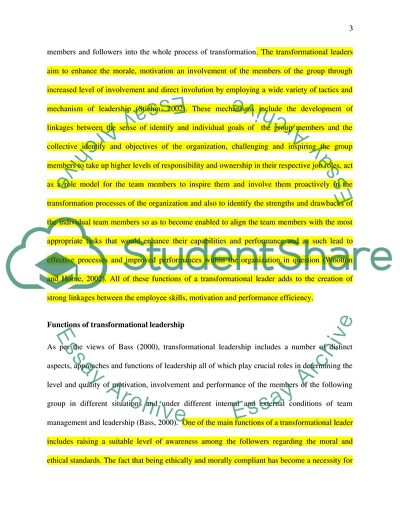Cite this document
(Leadership, strategy and involution Essay Example | Topics and Well Written Essays - 2000 words, n.d.)
Leadership, strategy and involution Essay Example | Topics and Well Written Essays - 2000 words. https://studentshare.org/management/1865365-leadership-strategy-and-involution
Leadership, strategy and involution Essay Example | Topics and Well Written Essays - 2000 words. https://studentshare.org/management/1865365-leadership-strategy-and-involution
(Leadership, Strategy and Involution Essay Example | Topics and Well Written Essays - 2000 Words)
Leadership, Strategy and Involution Essay Example | Topics and Well Written Essays - 2000 Words. https://studentshare.org/management/1865365-leadership-strategy-and-involution.
Leadership, Strategy and Involution Essay Example | Topics and Well Written Essays - 2000 Words. https://studentshare.org/management/1865365-leadership-strategy-and-involution.
“Leadership, Strategy and Involution Essay Example | Topics and Well Written Essays - 2000 Words”. https://studentshare.org/management/1865365-leadership-strategy-and-involution.


